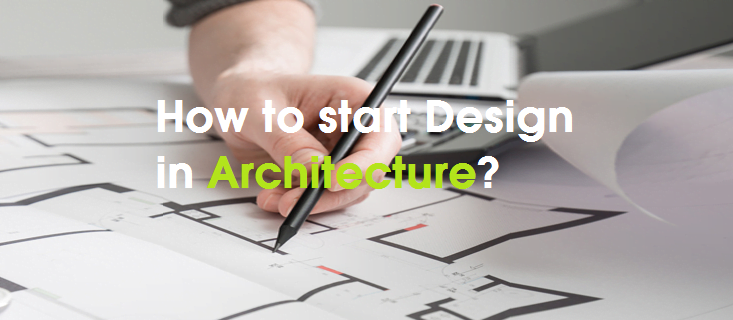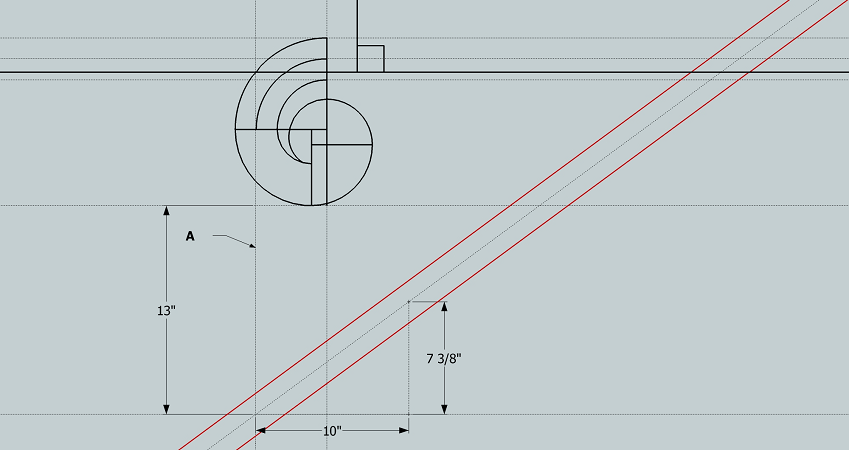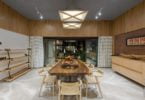How to start design in architecture: Point to point explanation on what are the basic methodology of architectural design process with sketch. Also, know in detail about how to start design in architecture is learning lesson for those who actually belong to the fields of creativity and architectural designs. As an Architect, we always in some think when we start with any new exercise or assignment on board. How to Start Design in Architecture and interior design??? This question always in our mind and we find all time some way for this big and never ending question of how to start design in architecture?
Here, I would like to put some interesting architectural design process point for the students and professionals. May this concept examples help them in some way to give a spark of their imagination and we get some extraordinary creative exploration in our globe.
How to Start Design in Architecture

So, I have done my research and come up with some ideas that will hopefully give you some help, so I’m sure you will be able to add to the information and develop it further.
Stages of architectural design process:
- Methodology ( systematic method of problem solving)
- Problem statement
- Information
- Analysis
- Synthesis
- Evaluation
Let’s start our journey with this design commandments for how to start design architecture and achieve some out of the box creativity to serve this human kind on earth.
Preliminary design research:
This first step is explained in detail in Preliminary research, which covers:
- examining your current home and lifestyle
- developing your design brief
- deciding your baseline budget
- exploring sources of professional advice for each stage of decision
- familiarizing yourself with the advice in this guide to inform your brief.
Check your Direction:
Identify your site or project location in world wide and also locally. This will help you to derive your concept as well your design style also. Visit the site with your designer to do a ‘SWOT’ analysis (strengths, weaknesses, opportunities and threats). This is your first opportunity to work with your designer to see if your objectives align. It can take the form of a paid consultation or can be part of the design contract outlined in the next step.
On the site, consider:
- climate responsive design and site specific variables
- orientation
- cool breeze access
- solar access
- views
- overshadowing by land forms, trees and buildings (site survey)
- slope (site survey)
- soil type (geotechnical report)
- bush-fires risks
- storm water drainage
- access and transport
- services (power, gas, phone, water, sewer).
Check your Limits:
Here, what is about limit?? we always say that there is no limit in creativity, so, my friends take this limits in term of functionality of your project and what you try to propose with their architectural design. Check also, limits of material availability at a point of start. Thus, it will help to give a wing of our imaginations and explorations.
Explore and Search Demands:
This is very less know in this field, we always think what is new, Right?. But here i would like to put this point in front of designers because some time we put our extra remarkable creativity in any architectural design exercise and at the end of the day it will not come up with proper appreciation. At that time we feel some guilt as an father or architect of those creation.
Use Context:
Never forget your neighbors at a time of celebration…. our forefathers said that, So, always take care of all Natural surroundings, in both micro and macro level contexts. Try to compose your design in such a way that these all elements be a part of your Creation and make it more livable for human kind.
Option of Exploration:
How to start design in architecture? is may start with this option in term of Function, Form, Creativity, Relationship with context.
Concept designs:
Architect often prepare several concept designs to communicate their thinking and allow you to assess them against your brief. They can range from a simple bubble diagram sketch on the back of an envelope, through to hand drawn concepts of form and spatial arrangements.
Concept designs can help make initial sustainability choices.
Concept designs should consider construction systems but not lock them in unless they are a fundamental component of your brief. The choice of high or low mass materials and the amount of mass required in floor, walls or roof to achieve thermal comfort varies depending on other design decisions including glass to mass ratios and heating and cooling systems.
Input from a building sustainability consultant or assessor can be very useful at this stage to ensure that every opportunity to achieve high level thermal performance is locked in while the design is still very flexible.
Decide your Style:
Don’t confused your self with running in markets and surrounding and finalized your Architectural Style.
Coming out with Unique:
Think our of box with some extraordinary solution in a unique way in itself and provide best creation in the field of architecture and design. This is all about how to start design in architecture. Here above mention detail may only give you just a better start. But hope you reach far with always better star.

Summary:
Architects express ideas through sketching. It is our way of communicating and exploring. The first sketches are often awful, but it gets it out of our heads. Without ideas, there is no architecture. Architecture is more than space planning and arranging a program. Ideas are generated and influenced by many sources.
- Start with question: why? Why are you building your dream home?
- Prepare your brief properly! It will help you keep your project on track.
- A good brief will inform your design team on exactly what you expect from them.
- Room information, layout – consistent with your family lifestyle.
- What architectural style? Traditional or Contemporary?
- Is energy efficiency a priority to you?
- Set up a realistic budget for your Self Build – it will determine the whole design.
- Consider a realistic timescale for your Self Build.
- Provide your architect with as much additional information you can.
In some ways, the ideas are reactions to the fixed or known aspects of the site, program and client. However, to get past that into the wonder of opportunities is where it gets to be fun. In conjunction with or apart from analytical work, we as architects must sketch and sketch a lot.
Sketching must continue and more ideas are tested and explored. Have a some suggestion put it bellow, may it also give a spark some one and we all get someday out of box fruit of Aden.






